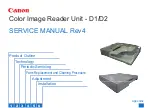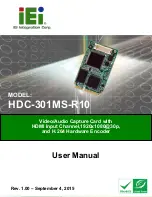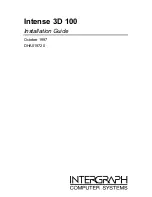
3.2 The Assignment of I/O Address
The plug&play BIOS will assign the proper I/O address to PCI-1202/1602/1800/1802. If
there is only one PCI-1202/1602/1800/1802, the user can identify the board_1. If there are
two PCI-1202/1602/1800/1802 cards in the system, the user will be very difficult to identify
which board is board_1. The software driver can support 16 boards max. Therefore the user
can install 16 boards in one PC system.
The simplest way to find the board number is to use DEMO15.EXE given in DOS
demo program
. This demo program will send to D/O and read back from D/I. If the user
installs a 20-pin flat cable between CON1 & CON2, the value read from D/I will be the same
as D/O. The operation steps are given as follows:
1.
Remove all 20-pin flat cable between CON1 and CON2
2.
Install all PCI-1202/1602/1800/1802 cards into the PC system
3.
Power-on and run DEMO15.EXE
4.
Now all D/I value will be different from D/O value
5.
Install a 20-pin flat cable into CON1 & CON2 of any PCI-1202/1602/1800/1802 card
6.
There will be one card’ s D/I value = D/O value, the card number is also shown in
screen
Therefore the user can find the card number very easy if he install a 20-pin flat cable
into PCI-1202/1602/1800/1802 one-by-one.
3.3 The I/O Address Map
The I/O address of PCI-1202/1602/1800/1802 is automatically assigned by the
main board ROM BIOS. The I/O address can also be reassigned by user.
It is strongly
recommended not to change the I/O address by user.
The plug&play BIOS will
assign proper I/O address to each PCI-1202/1602/1800/1802 very well.
There are
five sections of I/O address used by this card and each section can be assigned to an
unused I/O space. The hardware I/O ports are described as follows:
PCI-1202/1602/1800/1802 Hardware User’s Manual
(Ver. 4.2, Dec/2009, PMH-014-42)---- 33
















































